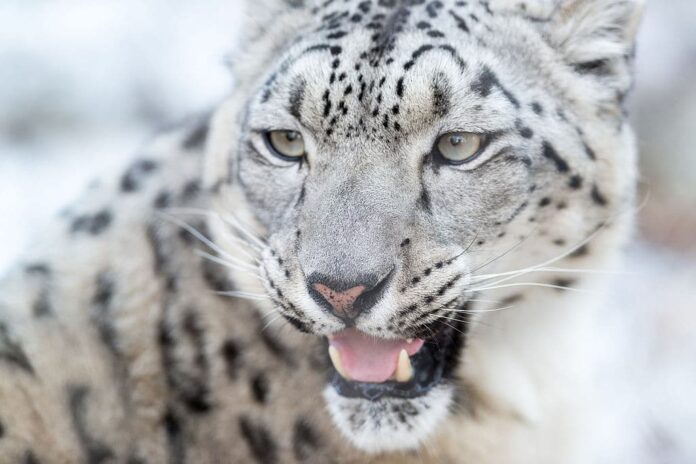Solitary animals are animals that don’t hunt or live in groups like other animal species in the wild. Mostly, they only come together to mate during the breeding season before going back to their solo life again. A majority of solitary animals are males because the females have to take care of the young. You will find 10 self-isolated animals that live with themselves in the list below so check them out.
1Black Rhinoceros
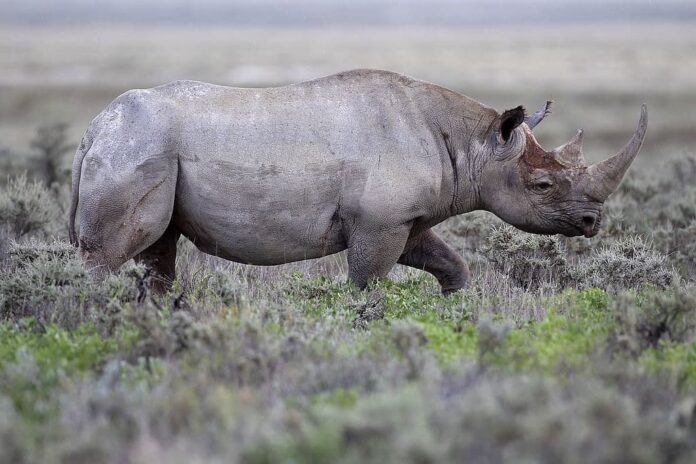
Adult black rhinos are mostly solitary, and they generally prefer to stay alone. In the wild, individuals usually avoid each other, and some species even mark their territory with piles of dung and urine. The males will only gather together to court a female during the breeding season. In other cases, male black rhinoceroses can spend time with others as long as they are of different ages. Things are different with female black rhinos as they don’t mind spending time with their young and other rhinos. On top of that, mothers have strong bonds with their calves which is believed to compensate for the absence of the fathers.
2Blue Whale
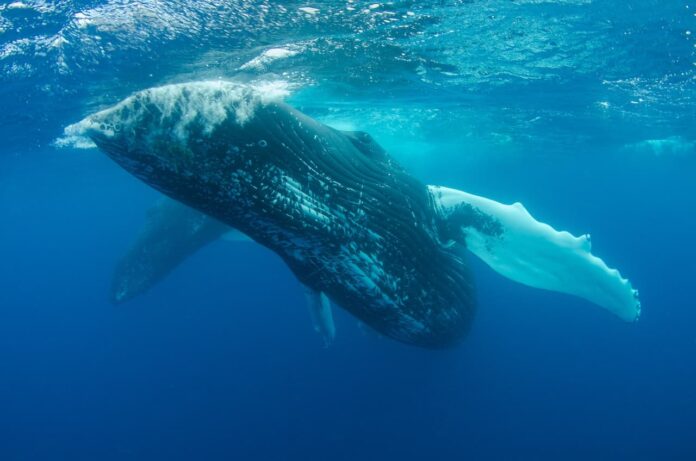
While other whale species live and swim in pods, blue whales prefer a solitary life. As one of the largest animals in the ocean, blue whales are actually apex predators. The adults swim and hunt alone without any fear of being attacked, but things go differently with young blue whales. This is why sometimes they are seen swimming in a small pod (group) of two to four individuals at most.
Apart from that, adult blue whales only come together during mating periods when they call out their mating song. As the loudest animals in the ocean, their calls can be heard from miles away below the water’s surface. A baby blue whale will live with its mother until it is strong enough to start consuming solid food instead of milk. Then it begins its solitary life to live and hunt its prey by itself in the ocean.
3Jaguar
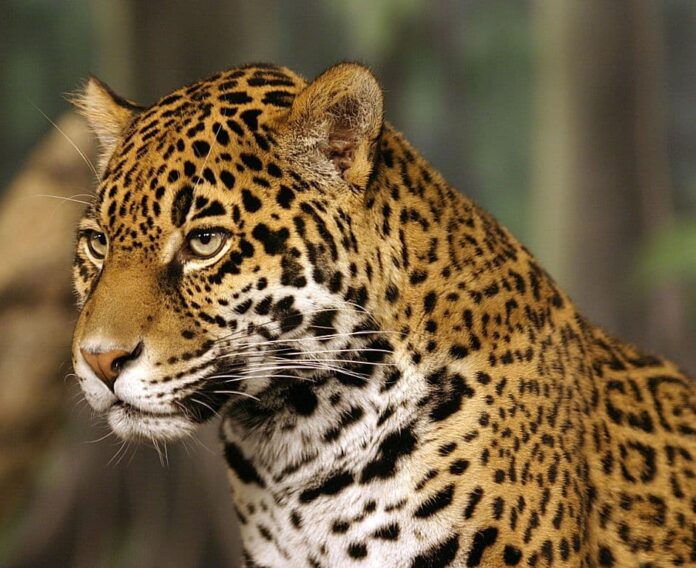
It is very easy for stealthy predators like jaguars to be solitary animals since they can live and hunt alone. Jaguars are one interesting wild cats for their preference for water which is completely different from most big cats. These hunters look for prey on the ground, but they can also climb a tree and attack by pouncing from above. Apart from being solitary, (male) jaguars are also territorial animals. They use feces, scrape marks, and urines to mark their territory, and they roar to warn mating and territorial competitors. Males and females come together during mating season, and a pair can mate up to 100 times a day. The females then live with their cubs for between 1 and 1.5 years before they start living alone.
4Mole
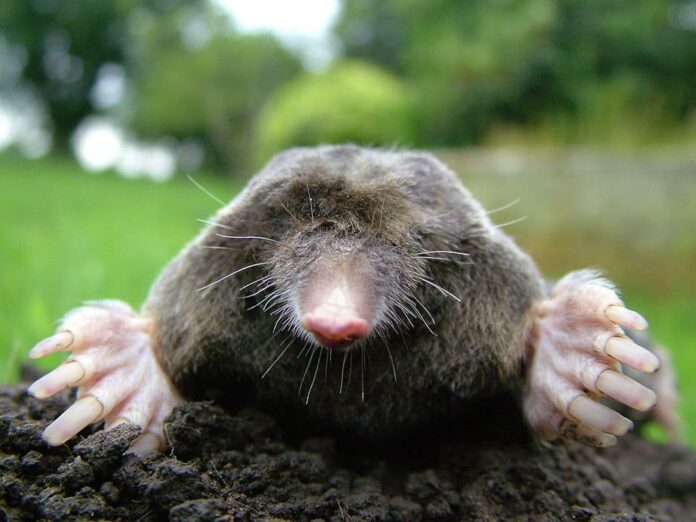
These loners spend most of their lives alone underground in the tunnel systems that they dig and build. Moles are actually very hard-working, and they don’t like sharing the space from the effort they put into their tunnels. This might sound sad, but moles also play alone in their tunnels most of the time. Because they are underground animals, moles rarely come to the surface. At the same time, they also avoid meeting other moles because overlapping territory can also result in fighting. During the breeding season which begins in late winter, moles get together to mate. After they part ways, females give birth to a few young, and the babies become independent from their mothers after a month.
5Moose
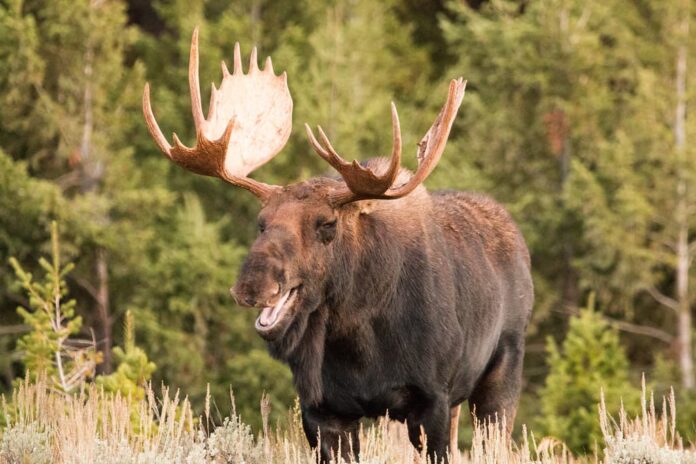
Unlike most other members of the deer family, moose (elk) do not form herds. Sometimes they may be seen together in the same feeding grounds, but moose ignore one another. There are no interactions whatsoever, especially between the bulls, they prefer to live and move independently. During breeding seasons in September and October, the bulls will bellow loudly to attract mates. Sometimes you can see two males battle with one another using their enormous antlers for the mating privilege. This can cause starvation to both parties if their antlers become locked, resulting in death.
After the mating, the females will give birth to one or two calves in spring. A moose calf grows quickly, and it can stand up on its own right from the first day after being born. The moth and the calves have a strong bond with each other, and young moose usually stay with their mother until the following mating season. At some point, the mother will chase the calf away even if it does not move out to live its solitary journey.
6Platypus
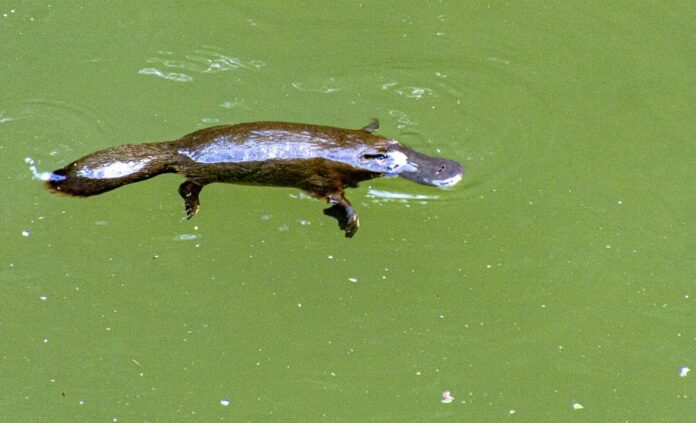
Although sharing bodies of water with each other, platypuses don’t interact with one another. Platypus spends most of their time at the bottom of lakes, rivers, and steams eating crustaceans and plants. Most of the time, these semi-aquatic animals would cross paths with their species while looking for food in their overlapping ranges. As shy animals, platypuses prefer to live on their own and only come together during the breeding season. This case also applies to the mother, she only interacts when is takes care of her young. Once her babies emerge from the burrow, she will leave them to live their independent lives.
7Sea Turtle

Most sea turtle species are generally solitary, and they spend most of their time under the sea. Marine turtles rarely interact with one another besides courtship during mating season. At the same time, they only do so for a short period of time before they go back to spending time alone again. After mating, the females will go to the beach and lay their eggs in the nest. Then she will return to the ocean, leaving the eggs to develop on their own. As the hatchings emerge, each of them will begin their solitary journey in the ocean until they grow up.
8Skunk
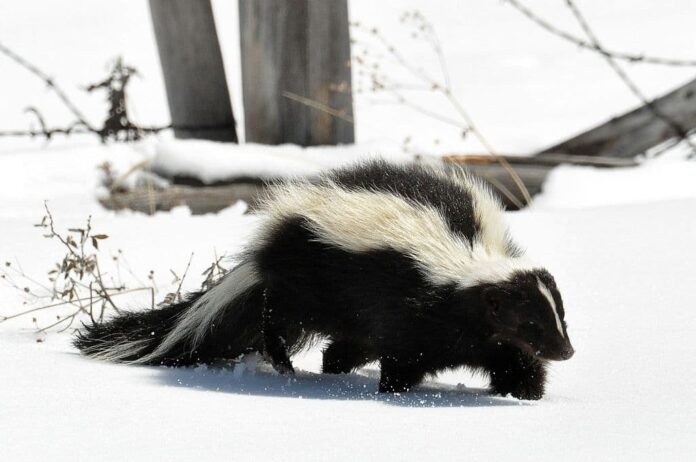
There are 11 skunk species in the world, and a majority of them are solitary. These living sprayers spend their time during the day foraging for food within their ranges. Skunks rarely travel more than 2 miles from their dens, so they don’t live further than 2 miles from a water source. As solitary animals, skunks settle down in abandoned animal burrows, brush piles, hollowed-out logs, tree hollows, and underneath porches or structures.
Male skunks mate with more than one female, and they will live separately after the mating season. The females remain in their dens, giving birth and living with their kids for a year. Female skunks are great mothers, and they are very protective of their young. Once the kids get older, they will leave the den and begin their life alone just like their parents. In colder climates, skunks may share their dens to stay warm with other skunks which are common among female skunks.
9Sloth

Sloths are known for being among the slowest animals in the world, but they are also solitary animals. These turtles of the trees enjoy hanging and swinging in the tree alone, and they spend most of the day sleeping. Sloths get together during the breeding season, and it begins when a female yells a shrill. This is to let the males know that she is ready, and they mate and then give birth in trees. A female sloth gives birth to one baby a year, and the baby sticks to the mother for around 6 months. After that, it will leave its mom and live somewhere else on its own but within its mother’s range.
10Snow Leopard
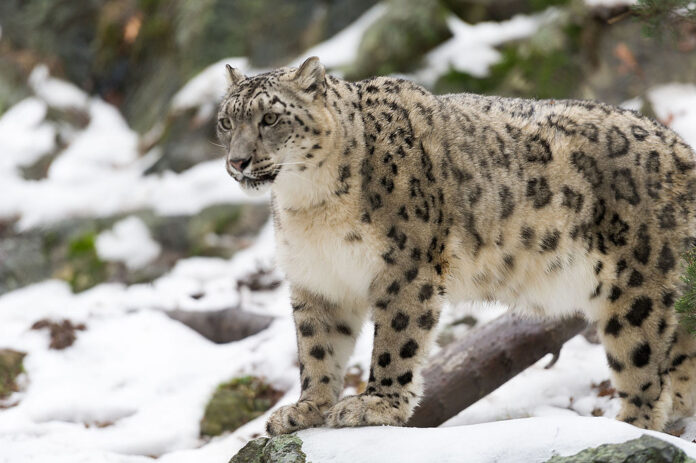
It is very rare to see two snow leopards together because these cats are very solitary animals. As one of the elusive animals, these ferocious predators are most active at dawn and dusk. Snow leopards are tough enough to hunt and live on their own. Every day, a snow leopard spends time patrolling its home range which can cover up to hundreds of square kilometers. This is to ensure that there are no invaders while looking for prey at the same time.
As territorial animals, snow leopards scrape the ground with their hind legs or spray urine against rocks to mark territory. These methods are also part of their communication and ways to locate mates. Just like other solitary animals in the list, the male and female snow leopards only come together during mating season. A mother lives with her cubs for about 2 years until they set out on their own.
Related Post: Monogamous Animals That Mate For Life

